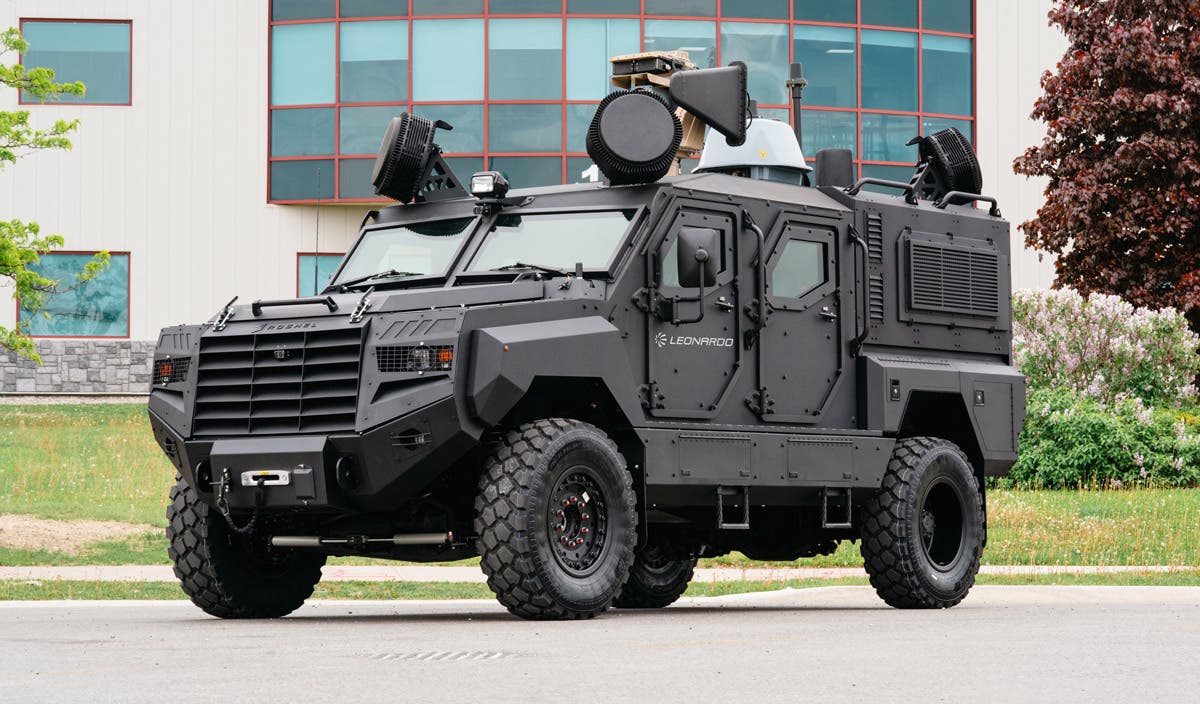Return Flights: Restoring the Warbirds
Some notable historic warbird restorations are in the works at various military aviation museums.
A flock of old warbirds is now getting some much-needed TLC and restoration efforts are ongoing at several military aviation museums around the world. The work will ensure that these historic aircraft will be preserved for future generations.
Here are just a few notable examples.
Museum of Flight’s German WWI aircraft
Last year the famed Museum of Flight in Seattle, Wash., had taken two of its German aircraft from the First World War from active display and brought them to the MOF’s Restoration Center at Paine Field for needed refurbishment. The planes included the museum’s original Pfalz D.XII and its full-scale reproduction of a Fokker D.VII — two of the most advanced German fighters.
The Pfalz D.XII is one of only four that have survived; one other is now in the collection of the National Air and Space Museum in Washington, D.C. The MOF’s aircraft was reportedly sold as surplus after World War I and it passed through several collections before being sold to the museum from the famed Champlin Collection in the early 2000s.
Just six original Fokker D.VIIs survive, but the MOF’s reproduction aircraft is truly an example of a “museum quality” replica. Its construction was initiated more than 40 years ago by noted aircraft replica builder Joe DeFiore being complicated by Jim and Zona Appleby. The airworthy facsimile is equipped with an original Mercedes water-cooled engine and two Spandau machine guns.
Both aircraft have needed some minor repairs and each will be back on display later this year at the MOF.
Junker Ju 87 Restoration
Only two Junker Ju 87 “Stuka” dive bombers survive intact, while several wrecks remain in Europe. There are now efforts underway to restore a third (and possibly fourth).
Of the surviving aircraft, one is a ground-attack variant that is now on display at the Royal Air Force Museum outside of London. That particular Ju 87 was captured by British forces in May 1945, was selected for museum preservation, and is carefully maintained by the RAF’s Air Historical Branch.
A second complete Ju 87 is in the collection of the Chicago Museum of Science and Industry — also home to the German submarine U-505 and the command module of Apollo 8. That aircraft had been donated by the British government and sent to the United States during World War II. Restoration was completed in the mid-1970s.
The Flying Heritage & Combat Armor Museum in Seattle, had been seeking to restore a Ju 87 to airworthy condition from two wrecks, but that project was been put on hold. It is unclear when or even if it will resume. However, the American Heritage Museum recently announced its acquisition of another Stuka wreck and its intentions of rebuilding it to airworthiness. That Ju 87 had seen service with the German Luftwaffe in Finland during World War II and crashed into a frozen lake in April 1944.
According to the museum, “Sleeping in ice-cold fresh water, she was not disturbed for 77 years. Once hauled to the surface, the white distemper paint could still be seen on her skin, evidence of desperate times and the difficulty of fighting a war at the top of the world. The extreme freezing temperatures preserved this historic aircraft in incredible condition, so for the first time a completely untouched and original Ju 87D-5 has reached the American Heritage Museum.”
The restoration effort is being added with help from the RAF Museum, Berlin Technik Museum, and the Východočeské Museum in the Czech Republic. While the process has been slow going, it could be worth the wait given how few Ju 87s are left in any condition.
Bringing back an Ilyushin Il-2 Shturmovik
The Smithsonian’s National Air and Space Museum announced in December that restoration work on its World War II Soviet Ilyushin Il-2 Shturmovik fighter — the second-most produced aircraft ever, exceeded only by the Cessna 172— has been nearly completed.
Known as a “Flying Tank” and the “concrete plane” due to its Soviet ruggedness and ability to sustain massive anti-aircraft fire, the Il-2 was designed as a low-flying, ground attack airplane with armor-piercing guns and racks for bombs and rockets.
“The museum’s ll-2 traveled a journey that spanned 4,000 miles and 80 years. Shot down by the Germans near the town of Pustoshka in the western Soviet Union, the warplane crash-landed on a frozen lake, where it later sank to the bottom. It was recovered in the 1990s and brought to St. Petersburg, where an initial restoration effort was undertaken by a Russian team, who combined parts from three or four Il-2s to create a single whole one. In 1995, the Museum acquired the aircraft, which was then kept in storage for 26 years,” the Smithsonian explained.
National Air & Space Museum specialist Jay Flanagan has successfully rebuilt the rear fuselage just as the Russians had built it 80 years prior, reportedly relying on original blueprints and using 1,700 pieces of wood as filler to facilitate the efforts. With the restoration nearly finished, the Il-2 is being readied for display in the D.C. museum’s Jay I. Kislak World War II Air gallery when the facility makes its grand reopening in 2026.
Peter Suciu is a freelance journalist and when he isn't writing about militaria you can find him covering topics such as cybersecurity, social media and streaming TV services for Forbes, TechNewsWorld and ClearanceJobs. He is the author of several books on military hats and helmets including the 2019 title, A Gallery of Military Headdress. Email him and he'd happily sell you a copy!







